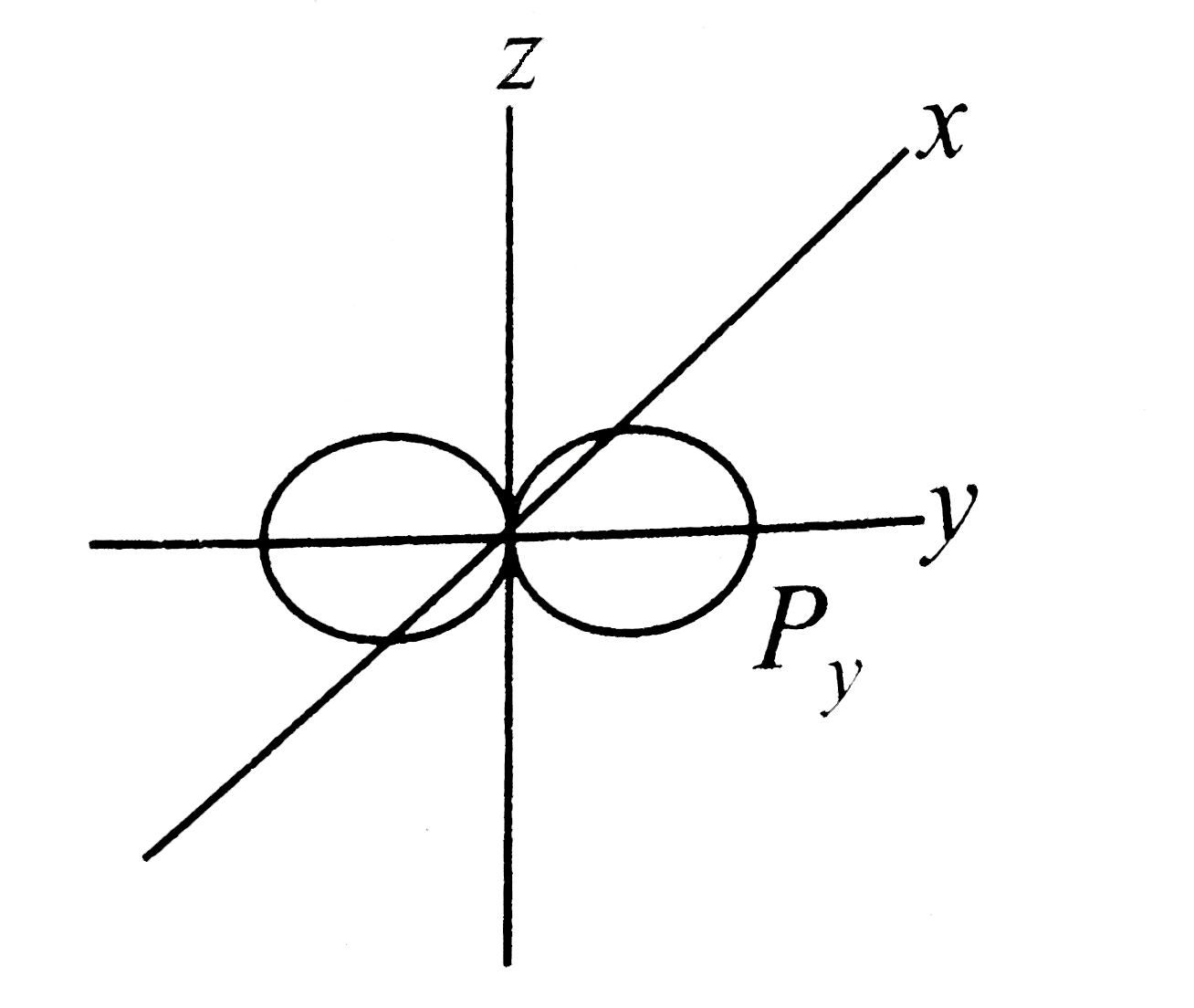px orbital , is symetrical about x -axis
1
Topper's Solved these Questions
- ATOMIC STRUCTUREBOOK - CENGAGE CHEMISTRYCHAPTER - ATOMIC STRUCTUREEXERCISE - Archives (Linked Comprehension
3 Videos
- ATOMIC STRUCTUREBOOK - CENGAGE CHEMISTRYCHAPTER - ATOMIC STRUCTUREEXERCISE - Archives Multiple Correct
7 Videos
- ATOMIC STRUCTUREBOOK - CENGAGE CHEMISTRYCHAPTER - ATOMIC STRUCTUREEXERCISE - Exercises Fill In The Balnks
56 Videos
- APPENDIX - INORGANIC VOLUME 1BOOK - CENGAGE CHEMISTRYCHAPTER - APPENDIX - INORGANIC VOLUME 1EXERCISE - chapter-7 Single correct answer
1 Videos
- CHEMICAL BONDING AND MOLECULAR STRUCTUREBOOK - CENGAGE CHEMISTRYCHAPTER - CHEMICAL BONDING AND MOLECULAR STRUCTUREEXERCISE - Archives Subjective
15 Videos
Similar Questions
Knowledge Check
Which of the following orbitals is not symmetrical about the Z-axis?
ApzBdz2CsDdxzThe orbital cylindrically symmetrical abut x-axis is :
APzBPyCPxDdxzWhich of the following orbitals are symmetric about the y-axis ?
 ApxBpyCd2x−y2Ddxy
ApxBpyCd2x−y2Ddxy
If the graph of the function f(x)=ax−1xn(ax+1) is symmetric about y-axis then n is equal to
View SolutionWhich of the following orbitals is cyclindrically symmetrical about x-axis?
View SolutionAssuming the bond direction to the z-axis, which of the overlapping of atomic orbitals of two atom (A) and (B) will result in bonding ?
(I) s-orbital of A and px orbital of B (II) s-orbital of A and pz orbital of B
(III) py-orbital of A and pz orbital of B (IV) s-orbital of both (A) and (B)
View SolutionAssuming the bond direction to the z-axis, which of the overlapping of atomic orbitals of two atom (A) and (B) will result in bonding ?
(I) s-orbital of A and px orbital of B (II) s-orbital of A and pz orbital of B
(III) py-orbital of A and pz orbital of B (IV) s-orbital of both (A) and (B)
View SolutionAssuming the bond direction to the z-axis, which of the overlapping of atomic orbitals of two atom (A) and (B) will result in bonding ?
(I) s-orbital of A and px – orbital of B
(II) s-orbital of A and pz – orbital of B
(III) py - orbital of A and pz – orbital of B
(IV) s-orbital of both A and B
View Solution
